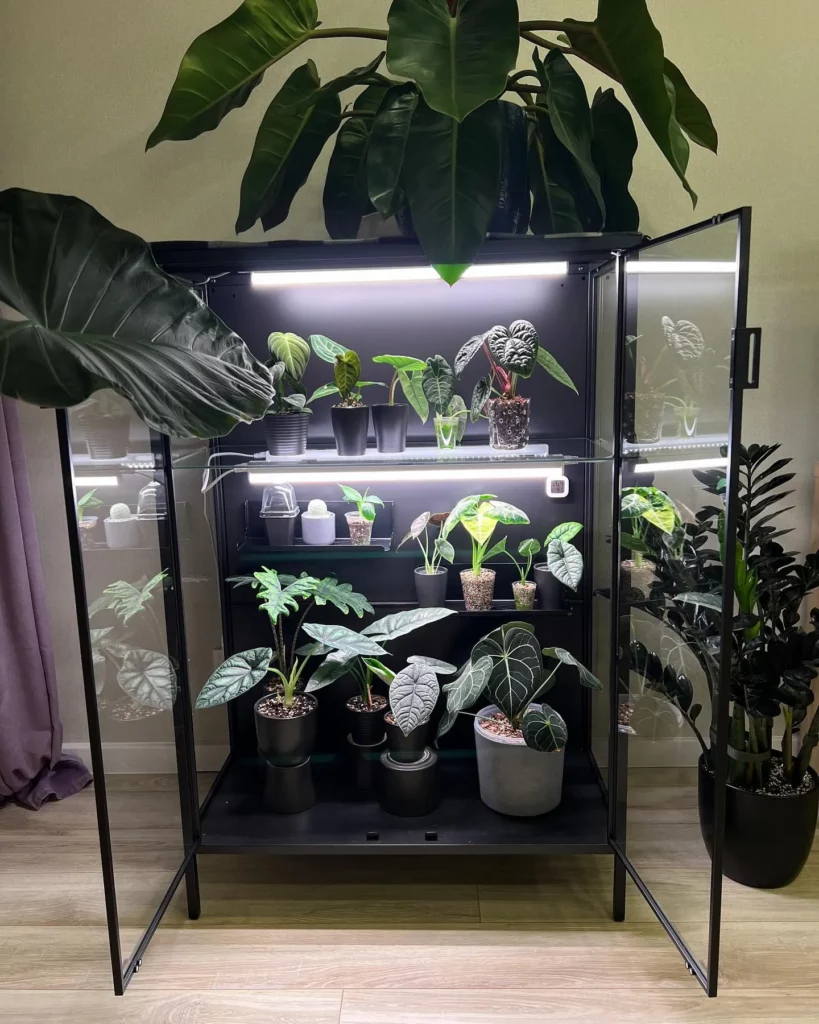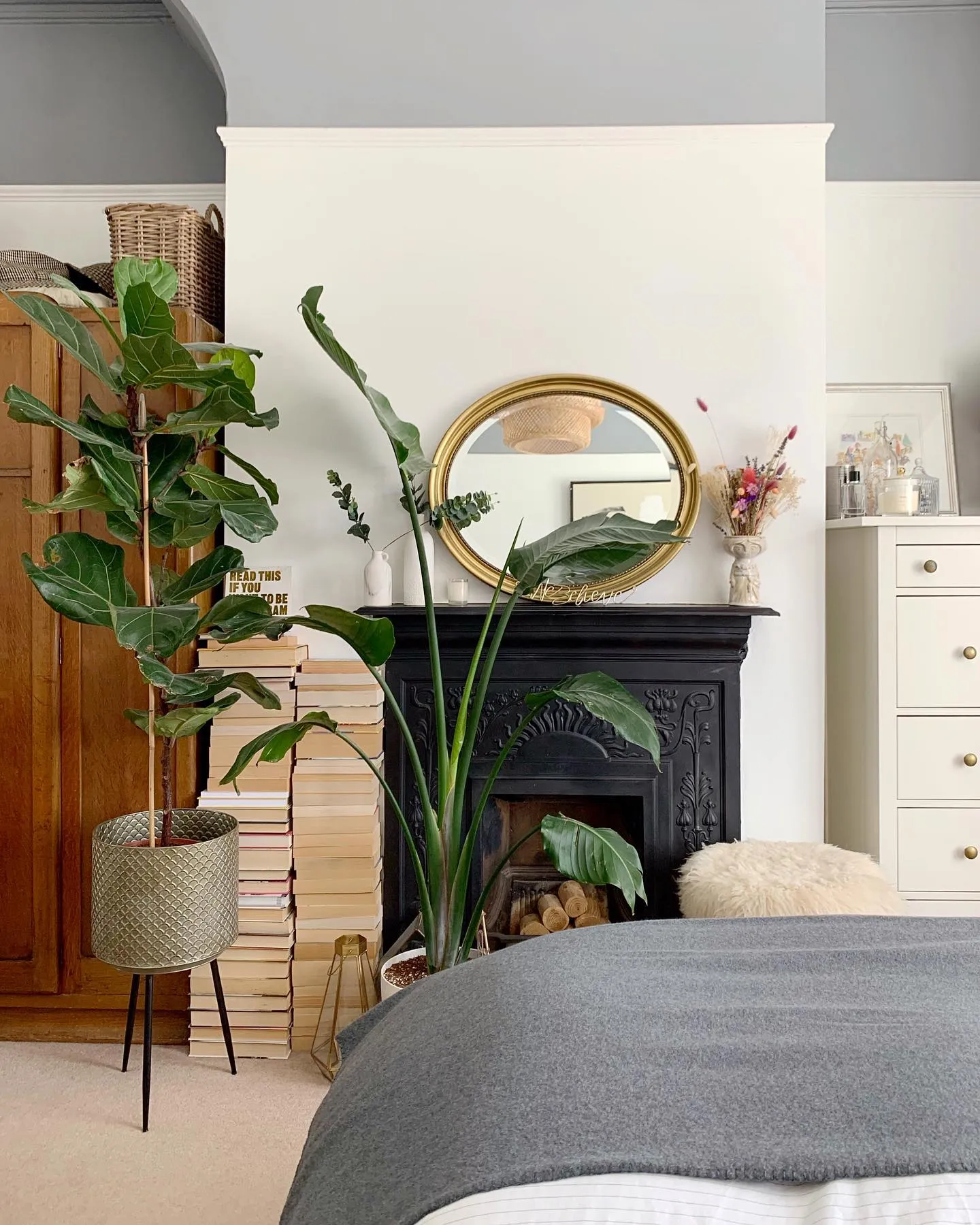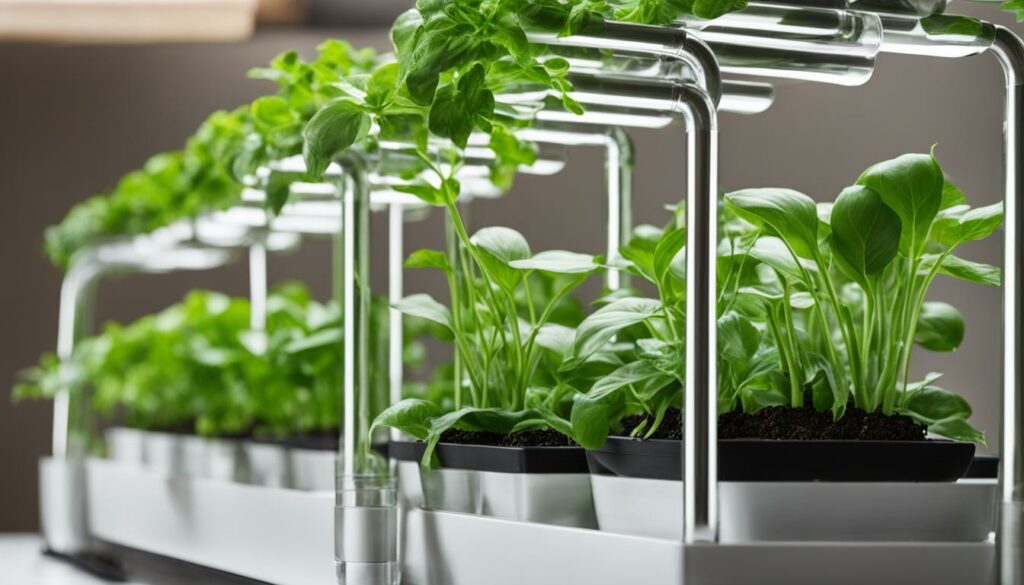Hydroponic systems offer several advantages for houseplants. First, they eliminate the need for soil, reducing the risk of pests, diseases, and weeds. Without soil, your houseplants are less vulnerable to common problems that can hinder their growth and health.
Benefits of Hydroponic Systems for Houseplants



With hydroponic systems, you have precise control over nutrient levels, ensuring that your plants receive the optimal nutrition they need for healthy growth. The nutrient-rich water solutions provide all the essential elements that plants require, eliminating the guesswork involved in traditional soil-based gardening.
One of the significant benefits of hydroponics is that it allows for faster growth rates and higher yields compared to traditional gardening methods. With the optimal environment and nutrient supply, your houseplants can flourish and reach their full potential.
Furthermore, hydroponic systems are not only efficient in terms of plant growth but also in their use of resources. These systems require less water compared to soil-based gardening, as the water is circulated and reused within the system. This makes hydroponics a more sustainable choice for indoor gardening.
In addition, hydroponic systems are space-saving solutions for houseplant enthusiasts. Whether you have limited outdoor space or want to bring greenery into your urban apartment, hydroponics can be set up in small areas. You can create a hydroponic garden in your kitchen, living room, or any other location that receives sufficient light.
Experience the benefits of hydroponic systems for your houseplants and watch them thrive in a controlled and efficient environment.
Top 10 Houseplants Ideal for Hydroponic Systems

If you’re considering setting up a hydroponic system for your houseplants, you’ll want to choose the right plants that are well-suited for this innovative gardening method. Here are the top 10 houseplants that thrive in hydroponic setups:
- Spider plants
- Lucky bamboo
- Pothos
- Philodendron micans
- Coleus
- Monstera
- Satin pothos
- Peace lily
- Arrowhead plant
- Geraniums
These houseplants have proven successful growth in water, making them excellent choices for hydroponic systems. Each plant brings its own unique beauty and characteristics to your indoor garden. Whether you prefer lush foliage, vibrant flowers, or cascading vines, you’ll find a suitable plant for your hydroponic setup.
Hydroponic systems provide an ideal growing environment for these houseplants. With the right balance of nutrients, water, and light, you can expect to see your plants thrive and flourish in a hydroponic setup. Experiment with different plants and designs to create a stunning and sustainable indoor garden.
Latest Trends in Hydroponic Indoor Gardening



The field of hydroponic indoor gardening is constantly evolving, with new trends and innovations emerging. Here are some of the latest trends that are revolutionizing the way we grow plants indoors.
1. Portable Grow Tents
Portable grow tents have become increasingly popular among indoor gardeners. These compact and self-contained units allow you to create an ideal growing environment for your plants, regardless of the space available.
With features like adjustable lighting and ventilation, these tents make it easier to maximize your yield while maintaining complete control over the growing conditions.
2. Automated Wicking Beds
For experienced growers looking for a low-maintenance option, automated wicking beds are gaining popularity. These beds utilize a passive irrigation system where plants draw water and nutrients from a reservoir through a wick or capillary action.
This technology eliminates the need for manual watering and ensures a constant supply of moisture for your plants.
3. Larger-Scale Ebb and Flow Tables
For those looking to scale up their indoor gardening operation, larger-scale ebb and flow tables are an excellent choice. These tables consist of a reservoir of nutrient-rich water that periodically floods the plant roots and then drains away.
This cycle ensures continuous access to nutrients, promotes healthy root development, and allows for extended harvest periods.
4. Self-Sustaining Aquaponics Systems
Aquaponics is an innovative system that combines hydroponics with aquaculture. In a self-sustaining aquaponics system, fish waste provides natural fertilizer for the plants, while the plants filter the water for the fish.
This symbiotic relationship creates a sustainable and efficient ecosystem that requires minimal inputs and produces both fish and plant harvests.
These trends reflect the growing interest in hydroponics and its potential for sustainable and efficient plant cultivation. Whether you’re a beginner or an experienced indoor gardener, staying up to date with the latest trends can help you optimize your results and explore new possibilities in hydroponic indoor gardening.
Getting Started with Hydroponics for Houseplants

If you’re interested in trying hydroponics for your houseplants, getting started is easier than you might think. Here are a few simple steps to help you begin your hydroponic journey.
First, gather the essentials. You’ll need a clean vase or container, clean pruning shears for cuttings, and either spring water or tap water mixed with plant food. These basic supplies will ensure a healthy start for your hydroponic setup.
Select a suitable plant or cutting for your hydroponic experiment. Look for a plant with a healthy stem, ensuring there are no buds present, and removing any lower leaves. This will encourage robust and successful growth.
Place the cutting in the water-filled vase or container, making sure only the bottom part of the stem is submerged. Position the plant in a well-lit area, away from direct sunlight, to provide the right amount of light for growth. As the roots begin to develop, transfer the plant to a larger vase filled with water.
Remember to change the water regularly to maintain optimal nutrient levels for your plant. Monitor the growth closely and make adjustments as needed. If you prefer a more convenient option, you can also consider purchasing ready-made hydroponic systems designed specifically for houseplants.








